If you decide to get an iPhone or a Mac, you know you’re going to have to pay a lot of money for it. Apple charges a lot for all the products it has to offer, we all know that. Strangely enough, I’m okay with Apple overcharging for its products. What I’m not okay with, is Apple nickel-and-diming its customers.
It seems like Apple's goal is to take all of your money and it doesn't care if it blatantly and shamelessly rips you off. Here are 5 examples to help prove my case.
Siri Remote Loop – $13 for a plastic loop
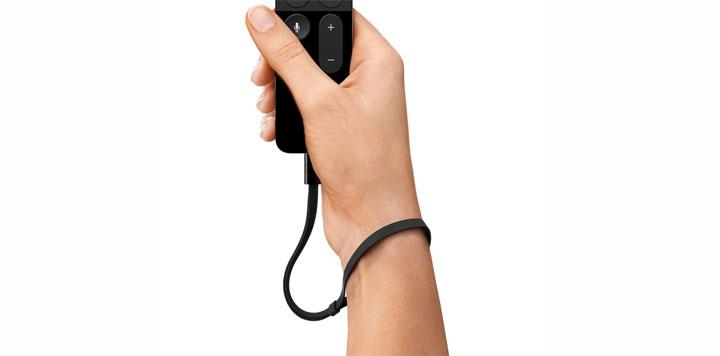
This autumn, Apple released the 4th generation Apple TV and it has been positively received; it genuinely is a good piece of tech. A 32GB Apple TV will set you back $149 while a 32GB model will set you back $199.
The all-new Apple TV is accompanied by the new Siri Remote. Priced at $79, it features a glass touch surface that you can use to easily interact with the Apple TV. Now, if you don’t want to accidentally drop the new Siri Remote and possibly break it, Apple offers a Remote Loop for $12.99.
Let’s say that you purchased the 32GB Apple TV and a cool new Siri Remote. You’ve spent close to $300 on Apple merchandise. But that isn’t enough for Apple. You still have a bit of cash in your wallet and Apple wants it. How else can you justify asking $13 for a plastic loop? Apple could have included it with the Apple TV, but it didn’t. Instead, it chose to go the nickel-and-dime route and sell it as a separate accessory. And speaking about accessories…
Lightning to 30-pin Adapter – $30 for an adapter
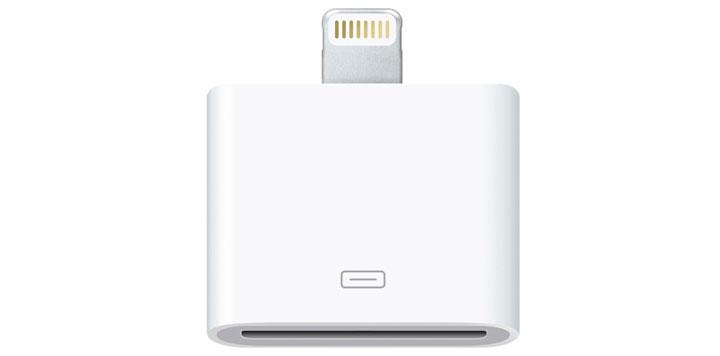
Way back in 2012, Apple introduced the iPhone 5. One of the biggest changes Apple made at the time was that it replaced the 30-pin port with the Lightning port. And that was a big, big nuisance if you invested heavily in iPhone accessories. To connect any gear based on the 30-pin port, you had to get a Lightning to 30-pin adapter. And Apple wasn’t just going to include it with the iPhone 5. No, it sold it separately, for $29.
You could argue that no one forced you to buy Apple’s own adapter, that you could purchase one from a 3rd party manufacturer. And you would be right. But you see, it took months for 3rd party adapters to hit the market. That’s because Apple changed its policies and only approved manufacturers were allowed to produce and sell Lightning adapters – and only after they attended a special seminar. For a time, there were no 3rd party alternatives, meaning you had no choice but to pay Apple $29 for a Lightning to 30-pin adapter.
16GB iPhone 6S and 6S Plus – An extra $100 for enough storage
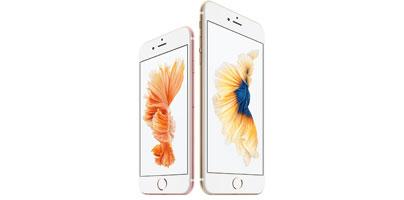
16GB is not enough storage space, not anymore. And because 16GB isn’t enough, most smartphone manufacturers offer a minimum of 32GB of storage. Not Apple tough. Apple could offer a 32GB model, but it doesn’t. It’s sticking with 16GB just to squeeze some more money out of you.
The iPhone 6S and iPhone 6S Plus offer 3 storage options: 16GB, 64GB, and 128GB. Notice how a 32GB storage option isn’t available? This means you either have to get the 16GB model and constantly worry about storage space, or shell out an extra $100 and get the 64GB model. You can’t but think that Apple deliberately skipped 32GB just to push you to spend more and get the 64GB model.
iPad Mini 3 – $100 for Touch ID
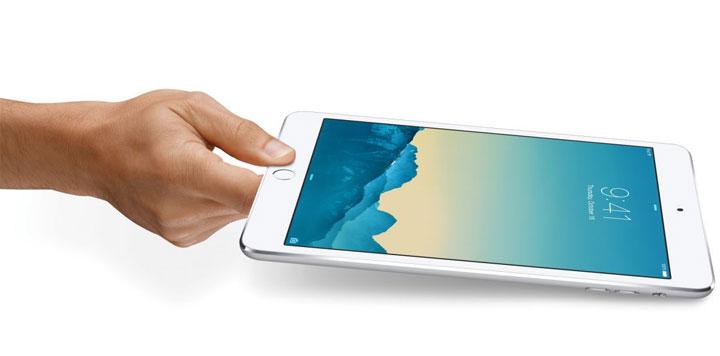
The iPad Mini 3 was very similar to its predecessor, the iPad Mini 2. It had the same A7 and M7 chips, the same display resolution, the same camera, the same size and design, even the same weight. The only thing that was new on the iPad Mini 3 was Touch ID fingerprint recognition. The pricing was new too – a $100 more expensive.
When a new product is released, you expect it to be better than the previous version. The fact that it offers more justifies the fact that you have to pay more. In this case, Apple took the iPad Mini 2, fitted it with Touch ID, and presented it as the new iPad Mini 3. For all this "hard work", it charged $100 more.
Smart Battery Case – $100 for a hideous case
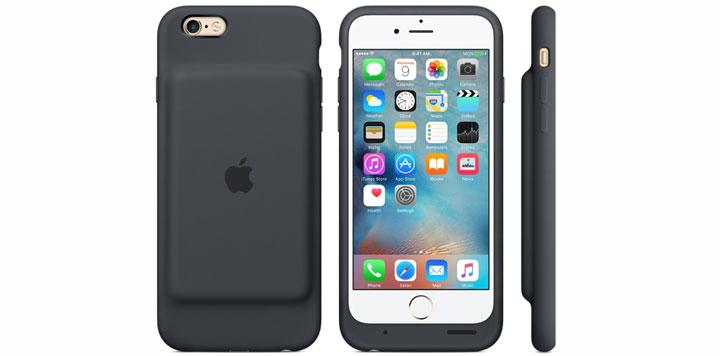
Apple decided to enter the battery case market and its first official battery pack is the Smart Battery Case for the iPhone 6 and iPhone 6S. Apple unveiled it earlier this week and everyone is hating on it. It’s easy to see why it's getting a lot of ridicule. The main complaints are:
In this video, Marques Brownlee presents Apple’s Smart Battery Case and showcases a few interesting alternatives.
And in this video, Lewis Hilsenteger nicely explains why the Smart Battery Case is a design failure.
Speaking about failures, here’s Jonathan Morrison and his take on Apple’s worst designs on 2015.
It seems like Apple's goal is to take all of your money and it doesn't care if it blatantly and shamelessly rips you off. Here are 5 examples to help prove my case.
Siri Remote Loop – $13 for a plastic loop

This autumn, Apple released the 4th generation Apple TV and it has been positively received; it genuinely is a good piece of tech. A 32GB Apple TV will set you back $149 while a 32GB model will set you back $199.
The all-new Apple TV is accompanied by the new Siri Remote. Priced at $79, it features a glass touch surface that you can use to easily interact with the Apple TV. Now, if you don’t want to accidentally drop the new Siri Remote and possibly break it, Apple offers a Remote Loop for $12.99.
Let’s say that you purchased the 32GB Apple TV and a cool new Siri Remote. You’ve spent close to $300 on Apple merchandise. But that isn’t enough for Apple. You still have a bit of cash in your wallet and Apple wants it. How else can you justify asking $13 for a plastic loop? Apple could have included it with the Apple TV, but it didn’t. Instead, it chose to go the nickel-and-dime route and sell it as a separate accessory. And speaking about accessories…
Lightning to 30-pin Adapter – $30 for an adapter

Way back in 2012, Apple introduced the iPhone 5. One of the biggest changes Apple made at the time was that it replaced the 30-pin port with the Lightning port. And that was a big, big nuisance if you invested heavily in iPhone accessories. To connect any gear based on the 30-pin port, you had to get a Lightning to 30-pin adapter. And Apple wasn’t just going to include it with the iPhone 5. No, it sold it separately, for $29.
You could argue that no one forced you to buy Apple’s own adapter, that you could purchase one from a 3rd party manufacturer. And you would be right. But you see, it took months for 3rd party adapters to hit the market. That’s because Apple changed its policies and only approved manufacturers were allowed to produce and sell Lightning adapters – and only after they attended a special seminar. For a time, there were no 3rd party alternatives, meaning you had no choice but to pay Apple $29 for a Lightning to 30-pin adapter.
16GB iPhone 6S and 6S Plus – An extra $100 for enough storage

16GB is not enough storage space, not anymore. And because 16GB isn’t enough, most smartphone manufacturers offer a minimum of 32GB of storage. Not Apple tough. Apple could offer a 32GB model, but it doesn’t. It’s sticking with 16GB just to squeeze some more money out of you.
The iPhone 6S and iPhone 6S Plus offer 3 storage options: 16GB, 64GB, and 128GB. Notice how a 32GB storage option isn’t available? This means you either have to get the 16GB model and constantly worry about storage space, or shell out an extra $100 and get the 64GB model. You can’t but think that Apple deliberately skipped 32GB just to push you to spend more and get the 64GB model.
iPad Mini 3 – $100 for Touch ID

The iPad Mini 3 was very similar to its predecessor, the iPad Mini 2. It had the same A7 and M7 chips, the same display resolution, the same camera, the same size and design, even the same weight. The only thing that was new on the iPad Mini 3 was Touch ID fingerprint recognition. The pricing was new too – a $100 more expensive.
When a new product is released, you expect it to be better than the previous version. The fact that it offers more justifies the fact that you have to pay more. In this case, Apple took the iPad Mini 2, fitted it with Touch ID, and presented it as the new iPad Mini 3. For all this "hard work", it charged $100 more.
Smart Battery Case – $100 for a hideous case

Apple decided to enter the battery case market and its first official battery pack is the Smart Battery Case for the iPhone 6 and iPhone 6S. Apple unveiled it earlier this week and everyone is hating on it. It’s easy to see why it's getting a lot of ridicule. The main complaints are:
- Awful design – that bulge is an eyesore and the silky, soft-touch finish of the silicone exterior is a magnet for all the dirt in your pockets. The Verge suggests that the case’s hideous design was deliberate; an attempt to circumvent all the patents held by Mophie, one of the biggest manufacturers of battery cases.
- Too expensive – the $99 price tag is too high. There are plenty of cheaper (and better looking) alternatives out there.
- Not enough power – the Smart Battery case has a capacity of 1877mAh. Which isn’t a lot. Again, there are other battery packs that offer a whole lot more.
- No choice – put the Smart Battery Case on and it automatically starts charging your iPhone. It doesn’t let you choose when to use the extra juice
In this video, Marques Brownlee presents Apple’s Smart Battery Case and showcases a few interesting alternatives.
And in this video, Lewis Hilsenteger nicely explains why the Smart Battery Case is a design failure.
Speaking about failures, here’s Jonathan Morrison and his take on Apple’s worst designs on 2015.

























